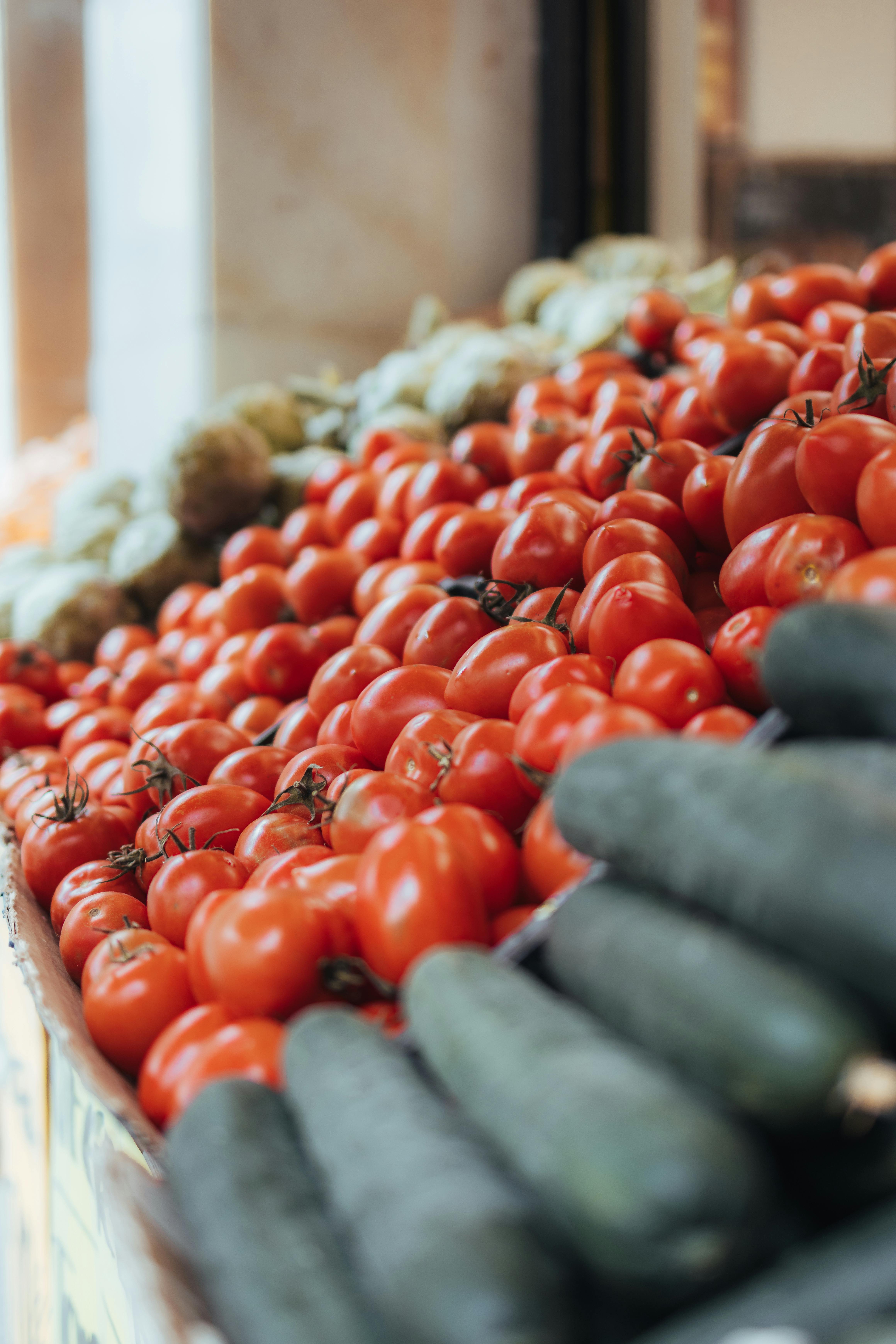Local sourcing and its impact on menu identity
Local sourcing connects a kitchen to nearby producers, shaping menu identity through provenance, seasonality, and community ties. This article explores how sourcing decisions influence cuisine, sustainability, fermentation practices, nutrition, sensory appeal, and innovation.

Local sourcing shapes more than ingredient lists: it defines stories, rhythms, and expectations around a menu. When chefs commit to provenance and seasonal purchases, plates reflect the agricultural calendar and local techniques as much as culinary intent. Sourcing decisions influence cuisine style, the balance between plantbased and animal proteins, and how fermentation or streetfood-inspired snacks appear on menus. This article examines how sustainability, nutrition, sensory experience, waste reduction, and technology intersect with local sourcing to form a coherent menu identity.
How does provenance shape menu identity?
Provenance gives dishes a narrative anchor. When menus state where items come from—specific farms, fisheries, or foragers—they invite diners to connect with place and practice. That connection can steer cuisine toward regional recipes, influence pairing choices, and alter plating to highlight unique attributes of ingredients. Provenance also encourages kitchens to maintain traceability records, which informs nutrition labeling and can reduce waste by planning around the predictable yields and seasons of local producers.
How does seasonal sourcing influence menu design?
Seasonal sourcing forces menus to change with harvest cycles, which can create a dynamic identity rather than a static one. Rotating offerings emphasize freshness and reinforce ties to local services and growers in your area. Chefs learn to design flexible menus that showcase peak flavors—ripe tomatoes in summer, root vegetables in winter—while developing preservation strategies like fermentation to extend seasonal textures and tastes. Seasonal focus often means smaller, curated menus that support tight pairing choices and consistent sensory expectations.
How does sustainability alter ingredient choices?
Sustainability steers sourcing toward practices that minimize environmental impact and food waste. This can mean prioritizing regenerative farms, low-impact fisheries, or suppliers who manage waste streams responsibly. Menus can reflect these choices by promoting plantbased options, highlighting whole-animal utilization, or featuring dishes that use imperfect produce. Sustainability considerations also shape procurement cycles: ordering in smaller batches and collaborating with local producers helps reduce spoilage and encourages innovation in menu design around available ingredients.
Can fermentation and plantbased items define cuisine?
Fermentation is a versatile tool that reinforces local identity by preserving seasonal harvests and introducing complex sensory layers—umami, acidity, and texture—that reshape familiar ingredients. Combined with plantbased approaches, fermentation allows chefs to craft deeply flavored dishes independent of long-supply-chain proteins. When fermentation techniques are paired with local crops, the resulting cuisine feels both modern and rooted: condiments, preserved vegetables, and cultured dairy alternatives become signature elements that support pairing strategies and nutritional diversity on the menu.
What role do technology and innovation play?
Technology and innovation help kitchens scale local sourcing without losing quality. Inventory and ordering systems that track provenance, predictive tools that anticipate harvest yields, and cold-chain solutions for short-distance transport all make local sourcing more viable. Innovation can show up as low-energy preservation methods, modular kitchens that adapt to variable supply, or data-driven pairing suggestions based on ingredient profiles. Even streetfood influences can be upgraded through tech-enabled operations while preserving sensory immediacy and informality.
How do sensory and nutrition considerations affect menus?
Sensory priorities—texture, aroma, balance—are central to how customers perceive a locally sourced menu. Chefs who work closely with producers can tune salt levels, acidity, and mouthfeel to match ingredients at their peak. Nutrition is another consideration: local, seasonal produce often offers higher micronutrient density than long-shipped alternatives, and menu descriptions can reflect this without making medical claims. Thoughtful pairing—balancing plantbased mains with fermented condiments or whole grains—can improve satiety, flavor harmony, and reduce the need for heavy processing.
This article is for informational purposes only and should not be considered medical advice. Please consult a qualified healthcare professional for personalized guidance and treatment.
Local sourcing changes a menu from a list of dishes to a statement about place, values, and technique. By emphasizing provenance, seasonal rhythms, sustainability, and innovation, kitchens create identities that resonate with diners seeking clarity and authenticity. Whether through fermentation, plantbased creativity, or streetfood-inspired plates, thoughtful sourcing decisions shape both the taste and the story behind every offering.





